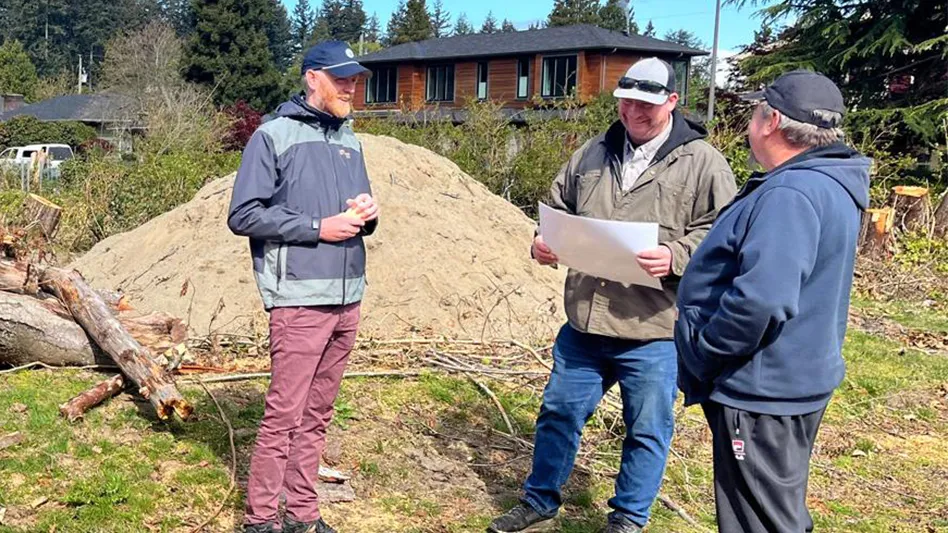 Henry DeLozier |
Just as sure as football and the turning of the leaves, autumn brings the budget cycle to most facilities. The responsibility for budgeting – deliberately and accurately – is one of the certain signals of career advancement and increasing accountability. Developing the annual budget is a vital exercise that demands careful planning and estimation informed by thorough research and consideration of facts, trends and members, and customers’ preferences. Many people overlook that the annual budgeting cycle allows managers to imagine the upside potential of the course or club. Here are five guidelines to remember when undertaking next year's budget. Know where you’re going. Before beginning the budgeting process, ask questions of the board of directors, the general manager and your direct supervisor: What are our financial objectives for next year? Are there any new or different goals you want me to achieve? How much revenue elasticity do you expect for next year? Do your homework. Understand your position within the local set of competitive clubs and courses. This means more than simply calling other facilities and confirming their rates for the coming year. Proper due diligence requires you dispassionately evaluate the value and experience offered at other facilities. How do you measure up to your competition? Understand what your constituents want. Whether they are members or daily-fee customers, your “regulars” will provide you with a candid assessment of the value proposition. Is your course worthy of the fees it charges? Are you too high or too low? Ask and you may be surprised by what you learn. In addition to the NGF, take advantage of the resources available to managers today, including PGA PerformanceTrak, consumer confidence and unemployment trends, and projections about the local economy.
Seek revenue growth. Most facilities have operated on a perpetual cost-cutting approach to budgeting for much of the last decade. This is not sustainable. Costs certainly must be contained and managed, but revenue growth is the key to a return to healthy and sustainable operations. Successful revenue-building tactics include: Increasing non-member access to the golf course. Whether through Monday outings or their equivalent or increased tee times and access for guests, members tend to prefer increased non-member play ahead of dues increases. Rewarding loyalty by locking in fees for improved volume. Think like the airlines and reward your best customers or members. Establish your desired use levels and reward for exceeding targets. For example, reward those who host more than five guest rounds per season. Two hundred members who host five more guests next year will generate 1,000 additional rounds. At seasonal clubs with roughly 100 peak days, that’s 10 more rounds per day. Increasing fees for popular services and preferential access is growing because most members will pay extra for advantage. Plan for slippage. Even the best plans have flaws or unrealized expectations. Try to overshoot targets to allow for the probability that some projections will fall short. Do not sandbag your budget. Identify the slippage factor – call it “contingency” – and budget for it just as big businesses do.
Henry DeLozier is a principal in the Global Golf Advisors consultancy. DeLozier joined Global Golf Advisors in 2008 after nine years as the vice president of golf for Pulte Homes. He is a past president of the National Golf Course Owners Association’s board of directors and serves on the PGA of America’s Employers Advisory Council. |

Explore the September 2014 Issue
Check out more from this issue and find you next story to read.





